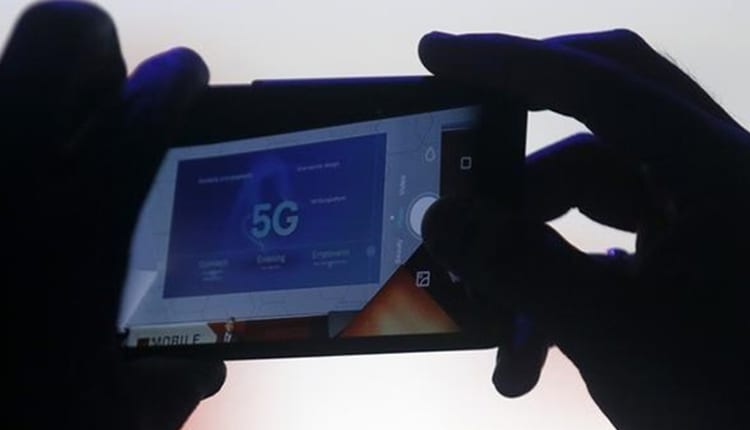Scientists have designed a low-cost transceiver, measuring just three by four millimetres, that could improve the performance of fifth-generation cellular network (5G) and Internet of Things (IoT) devices. A transceiver is a device that can both transmit and receive communications, in particular a combined radio transmitter and receiver.
The researchers from Tokyo Institute of Technology in Japan devised a strategy to support high-speed mobile data access using the millimetre-wave spectrum for next-generation 5G wireless networks. Their proposed 28 gigahertz (GHz) transceiver combines beamforming, a highly efficient signal processing method, with dual-polarised, multiple-input and multiple-output (MIMO) technology. Its array of antennas can respond to both horizontal and vertical radio waves at the same time, researchers said.
Preliminary testing showed that the maximum data rate achieved was 15 gigabits per second (Gb/s). This data rate is 25 per cent higher than that achieved by previous comparable models, they said. As a continuation of the group’s work on developing top-level transceivers using minimal components, the researchers achieved a design around half the size of current technology.
The smaller the chip, the better for 5G, owing to the anticipated demand for high-performance, area-efficient transceivers for use in tiny and portable sensors and devices. “Compared with the conventional switch-based bi-directional approach, our bi-directional amplifier completely shares the inter-stage matching networks between the transceiver and the receiver. Thus, the required on-chip area is further minimised,” said Kenichi Okada from Tokyo Institute of Technology, who led the research.
Japan is currently stepping up efforts to prepare for 5G ahead of the Tokyo 2020 Olympic and Paralympic Games. There are expectations for 5G services to enable higher data throughput for applications such as live-streaming high-definition video and for potentially trillions of new IoT devices that can share data around the clock, as well as to increase the speed and responsiveness of communication networks overall.



